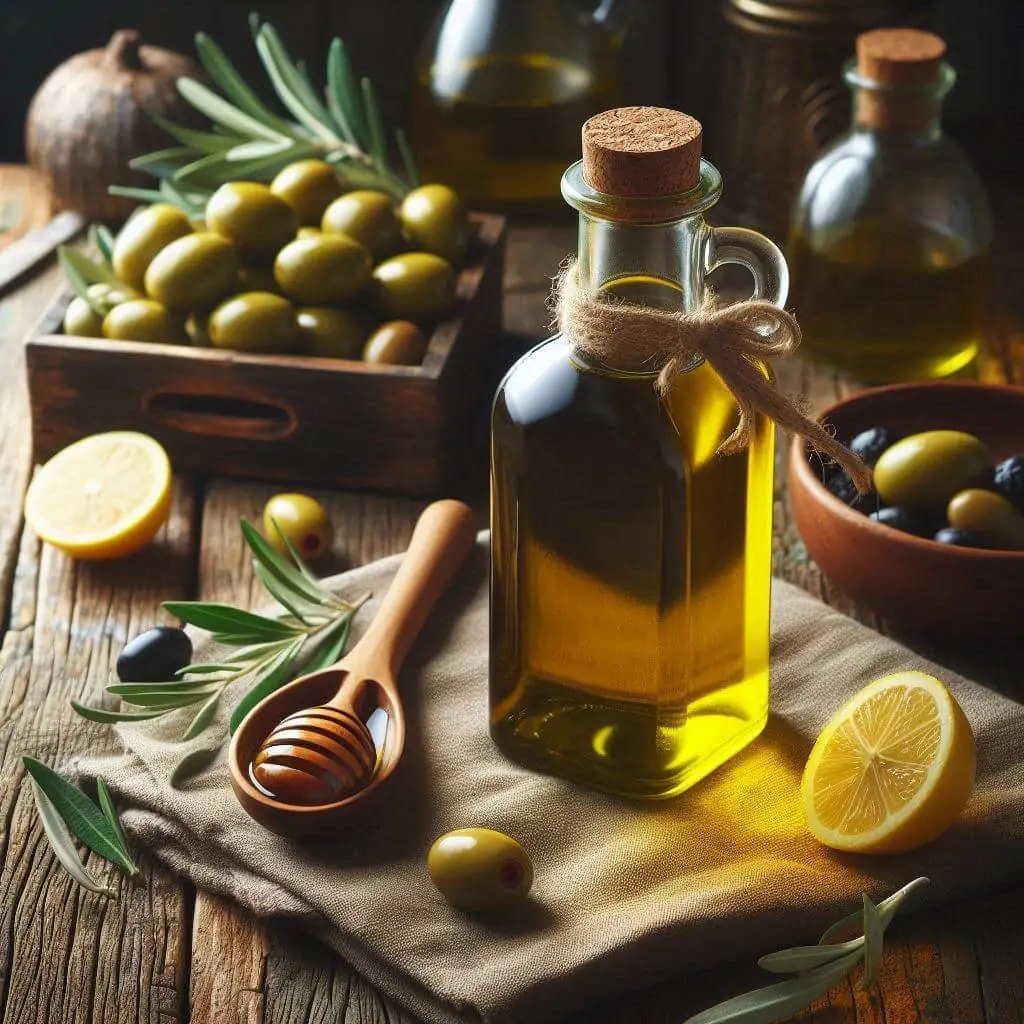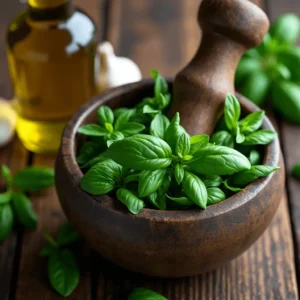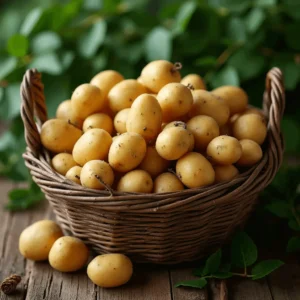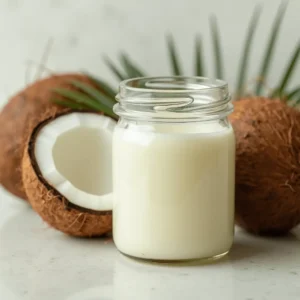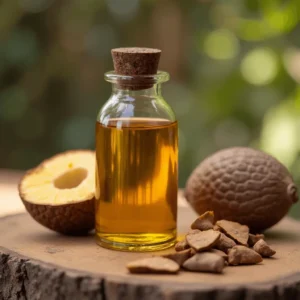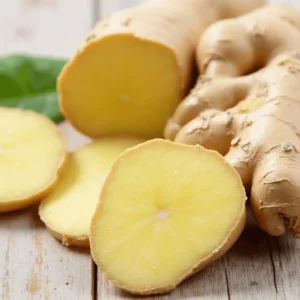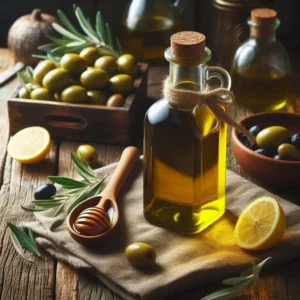Olive oil is more than just a staple ingredient in cooking—it’s a cornerstone of the Mediterranean diet and a powerhouse of health benefits. From enhancing the taste of your meals to promoting well-being, olive oil is a must-have in every kitchen. In this article, we’ll dive into the different types of olive oil, their health advantages, and practical ways to use them.
The Different Types of Olive Oil
Not all olive oils are created equal! Here’s a breakdown of the main types and their key characteristics:
- Extra Virgin Olive Oil:
The highest quality, made from cold-pressed olives without chemicals. It’s rich in flavor and nutrients, perfect for salads and raw dishes. - Virgin Olive Oil:
Slightly less refined than extra virgin but still natural, with a mild, fruity taste. - Pure or Refined Olive Oil:
Made from refined and blended oils, it’s more affordable but lacks the flavor and nutrients of higher-grade oils. - Pomace Olive Oil:
Extracted from olive pulp residues, this oil is commonly used for high-temperature cooking.
The Health Benefits of Olive Oil
Olive oil isn’t just delicious—it’s packed with nutrients that can transform your health. Here’s why it’s worth adding to your diet:
1. Heart Health Champion
Rich in monounsaturated fats, olive oil helps lower bad cholesterol (LDL) while boosting good cholesterol (HDL), reducing the risk of heart disease.
2. Loaded with Antioxidants
Extra virgin olive oil is packed with polyphenols, which combat oxidative stress and protect your cells.
3. Natural Anti-Inflammatory
Thanks to oleocanthal, olive oil helps reduce inflammation, acting similarly to natural anti-inflammatory drugs.
4. Promotes Healthy Digestion
Olive oil stimulates bile production, aiding in digestion and nutrient absorption.
5. Enhances Skin and Hair Health
Its vitamin E and fatty acids nourish the skin, reduce aging signs, and strengthen hair.
How to Use Olive Oil in Your Cooking
Here are some simple and delicious ways to incorporate olive oil into your daily meals:
- For Salad Dressings: Combine extra virgin olive oil with lemon juice, salt, and herbs for a fresh, healthy dressing.
- In Marinades: Mix it with spices to marinate meats, fish, or vegetables.
- For Light Cooking: Use it to sauté vegetables or for slow-cooked dishes.
- On Cold Dishes: Drizzle it over pasta, salads, or fresh cheeses for a gourmet touch.
- As a Dip: Pair it with fresh bread, seasoned with a pinch of salt or balsamic vinegar.
Health Tip: To retain its nutritional value, use extra virgin olive oil for cold dishes or low-heat cooking.
How to Choose and Store Olive Oil
1. Check the Labels
Look for terms like “extra virgin,” “cold-pressed,” and “100% pure.”
2. Consider the Origin
Single-origin olive oil (e.g., from Tuscany or Crete) is often of higher quality.
3. Store it Properly
Keep your olive oil in a dark, cool place, away from light and heat, to preserve its flavor and nutrients.
Conclusion
Olive oil is a true kitchen essential—versatile, flavorful, and packed with health benefits. Whether you’re using it in salads, light cooking, or even for beauty treatments, it deserves a place of honor in your daily life.



